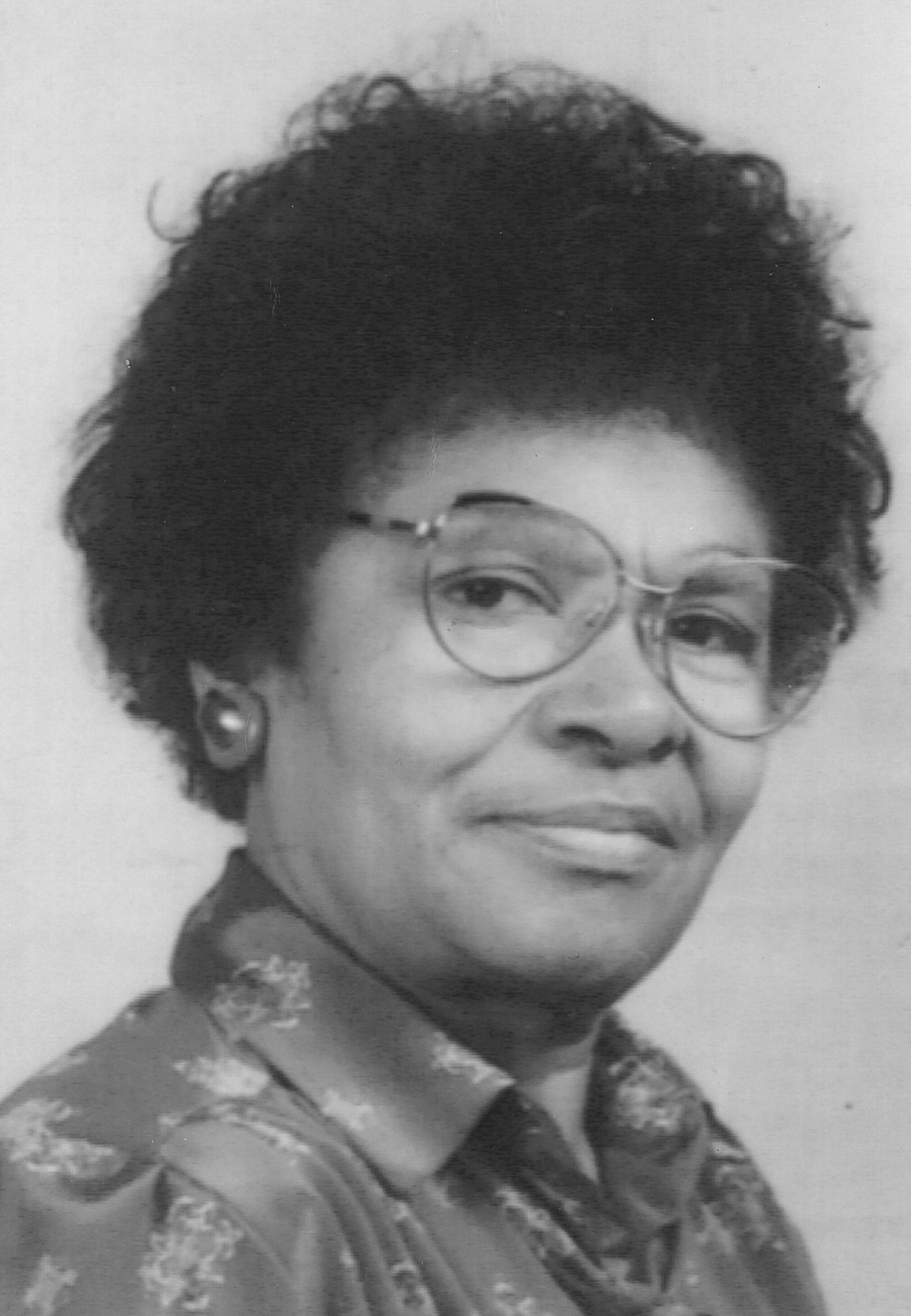 Eva Maud Smith (1923-1993) was a matriarch of her community in Toronto, who shed light on Black youth experiencing hidden homelessness. Today, her personal philosophy and impact on the community has manifested into the organization known as Eva’s Initiatives for Homeless Youth. Not only does Eva’s provide shelter to youth experiencing homelessness, but it also provides transitional housing and unique programming to help youth transition into stabilized housing.
Eva Maud Smith (1923-1993) was a matriarch of her community in Toronto, who shed light on Black youth experiencing hidden homelessness. Today, her personal philosophy and impact on the community has manifested into the organization known as Eva’s Initiatives for Homeless Youth. Not only does Eva’s provide shelter to youth experiencing homelessness, but it also provides transitional housing and unique programming to help youth transition into stabilized housing.
The barriers of homelessness are unique for those who identify as Black, African or of African descent1 and Eva’s recognizes this while fighting against these barriers. One of the ways that Eva’s combats these specific barriers is through its specialized programming, including its new housing initiative: Eva’s YOUth Belong. This program caters to the complex housing barriers of Black and racialized youth.
When speaking to Eva’s Director of Strategy, Innovation and Evaluation, Hawa Mire, on the creation of this program, she stated, “As an agency, we started talking about who are the young people who we see coming into our shelter – lots of Black people, lots of racialized youth – and why?” It was this question that sparked Eva’s YOUth Belong, which is set to launch in Fall 2019.
Eva’s YOUth Belong is comprised of four houses that specify their occupants by the barriers they face, including racialized youth who have experience with child welfare services, have been involved with corrections, struggle with mental health, or are part of the LGBTQ2S+ community. The program also includes housing bursaries to support Black and racialized youth as they move into the community.
Eva’s YOUth Belong is especially groundbreaking for Toronto because although Toronto is one of the most diverse cities in the world, this program is the only housing initiative the city that focuses on Black and racialized youth. “We know there aren’t many culturally competent services for Black youth. It’s not just about prioritizing Black youth in our programs but it’s about recognizing they are facing numerous uphill battles all at the same time,” Mire said, “and we have to make – at the very minimum – housing not a fight and not a battle because it is the thing that guarantees a positive outcome. If housing is stabilized, then other things will fall into place.”
Eva’s YOUth Belong takes a trauma-informed approach to its programming. As Mire explains, “Eva’s work uses a trauma-focused approach purposely because, when we’re talking about young people in the shelter system, [we acknowledge] they’re at a particular point in their development where support around them should be stronger.” Eva’s programming works toward providing services that are honest and comprehensive in their understanding of the injustices faced by Black youth, and how these intersect with experiences of trauma and affect mental health.2
The legacy of Eva Smith is kept throughout the organization by honouring her philosophy and initial vision of providing Black youth experiencing homelessness community and guidance, which turns the work of Eva’s into something that moves beyond basic shelter provision. “At Eva’s we get to bring about really innovative projects that start conversations and advocate for young people in a new way,” Mire shared, “it’s not just about providing a shelter bed and some food but we’re talking about changing how the systems engage with the young people that we serve.”
Jellisa Ricketts is an Undergraduate Student in Psychology working at the Canadian Observatory on Homelessness.
1See, for example, a 2011 report on the policing of homeless youth in Toronto by the Canadian Observatory on Homelessness that revealed that Black youth experiencing homelessness are targeted by the police at a much higher rate than their white counterparts.
2There have been many cases throughout the city where mental health and racism intersect. “Anti-Black Sanism”, a term coined by Sonia Meerai, Idil Abdillahi and Jennifer Poole at Ryerson University, outlines the violence used against Black people who have been “othered” due to their mental illness. Sanism refers to the discrimination of those who have mental illnesses through silencing, violence, dismissal and incarceration. When Sanism and racism against Black people intersect, it turns into Anti-Black Sanism. Meerai et al. identified how, in many instances, Black people are pathologized at a rate higher than other races. Mental health is also affected when facing incarceration or hostility from police or other authoritative figures, which Black people experience at disproportionate rates. Eva’s provides solace to racialized youth who have been victims of Anti-Black Sanism by destigmatizing Black mental illness through support programing.

